Expansive Collections
Breadth of Collections
The CAIRN database houses over 25 collections of illustrations which amount to a total of 22,000 images. Most images belong to books originally published in the early modern period, although many collections also include medieval and modern imagery as well. The illustrations have various foci, and mostly belong to sources from the Americas as well as Europe, although they also include a few from Asia. The images belong to illustrated literary texts such as La Celestina, Don Quijote, and Gulliver’s Travels, and other genres such as travelers’ diaries, novels of manners and conduct, and maps. Some collections feature illustrations in colour, some are in gray scale, and some collections offer both. The sources for these illustrations are scanned PDFs of the books undertaken by libraries across the world.
The number of images belonging to each collection in part correlates to the source’s popularity and impact. The Don Quijote collection, for instance, spans over 15 editions, 7 languages, and contains over 648 images, while Ovid’s Metamorphoses collection contains 10 editions prepared in four languages and 756 images.
Depth of Collections
The CAIRN collections are developed to be as comprehensive as possible. When creating a new collection, our researchers in the CEMVC laboratory first initiate a data collection phase, during which they find as many illustrated editions belonging to a single text as possible that are in the public domain. Our Gulliver’s Travels collection, for instance, has 21 editions published in three languages, for a total of over 1,068 images. Researchers then move on to the metadata generation phase; each image is extracted from its book and various categories of information are described before the entry is uploaded to CAIRN. Each image becomes carefully tagged with relevant labels, and its features and image contents become detailed during this process. The depth of each collection allows for complex, global understandings of the visualization of people and their interaction with objects, other people, and flora and fauna.
The Database vis a vis this Website
The CEMVC website acts as a critical companion and portal to the CAIRN database. Among other information, you will find that each collection is contextualized by an introductory essay that guides the visitor through a potential lens they may choose to use when viewing the images housed in CAIRN. Furthermore, the bottom of each collection page contains PDFs of the collection’s source editions, to encourage researchers to view not only the images, but also their context and secondary information.



![[Sketch of a vest].png](https://images.squarespace-cdn.com/content/v1/5eff829a5206ef2e13b2aabb/1594751293193-DRBBZ7HZ78G3MSME6W82/%5BSketch+of+a+vest%5D.png)